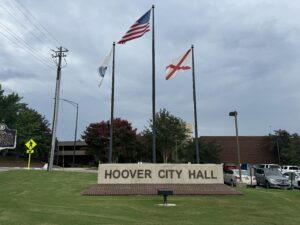Eric Peterson: Train project would derail needed road improvements
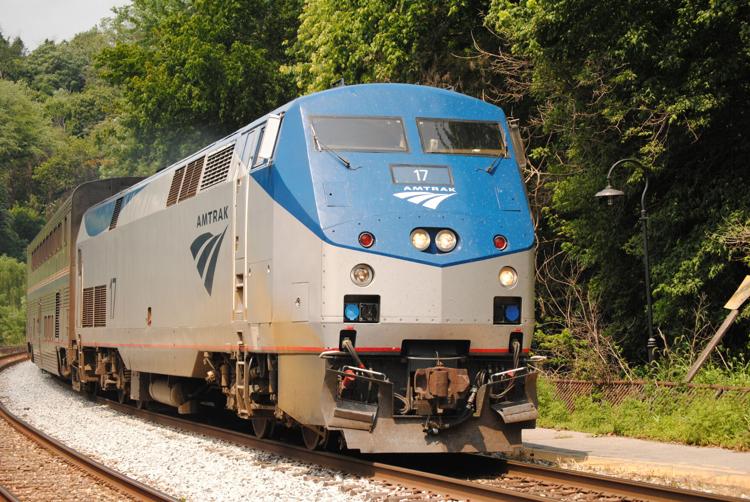
A recent proposal to restart the Amtrak rail connecting New Orleans, Biloxi, and Mobile will not fix commuters’ woes. Instead, the proposed plan that would restore the route that existed between these cities before Hurricane Katrina would only make commuting worse for the residents of these three states. The commuters of Louisiana, Mississippi, and Alabama would be better off if this route remained closed and the money were spent on the states’ roads and bridges. A recent report from the Reason Foundation found that Louisiana ranked 35th overall for its highway performance in the United States. Just last year, a study by Bankrate ranked Louisiana as the second-worst state for driving. Louisianans already largely commute to work by driving – roughly 76% of New Orleans’ 384,000 population commute to work in their car, not accounting for those who rely on buses. According to a 2015 Amtrak study of restarting the three-city line, the Amtrak line would serve roughly 40,000 people annually. That’s roughly 100 people, or 0.03 percent of New Orleans residents each day. The money this proposal calls for would divert critical funding from a highly used infrastructure to one that, by comparison, is hardly used. Just how much would it cost to get this rail running? As the Mississippi Center for Public Policy noted, even with the tens of millions of federal tax dollars set aside for this project, states would still be required to commit their own funds. Louisiana is kicking in around $10 million towards the start-up costs of this project. The cost of continued operation of the Amtrak rail is more daunting than the start-up costs. Even with the massive investment of federal tax dollars, the plan is to transition future costs to the states. Federal dollars would account for 80% in year one, dropping to 60% in year two, and so on, until it becomes a 100% state-funded line. An Amtrak study estimates the annual cost to operate for this rail would be around $7 million. This proposed route’s costs will eventually come from Louisiana residents’ wallets, and these rails are typically far from profitable. In fact, Amtrak’s only profitable rail is the Northeast Corridor that connects Washington D.C., Philadelphia, Boston, and New York City. These cities are far more affluent and have much higher population density than the Gulf Coast region, which is the reason this one line can run a profit. If there is a market to serve commuters with a rail line, private investors will get it up and running. The state and federal governments should not subsidize a boondoggle that will serve so few as opposed to investing in better transportation opportunities that will be utilized by residents of the states. Our infrastructure problems are multifaceted, and an Amtrak rail would only make things worse. Eric Peterson is the director of policy for the Pelican Institute for Public Policy
Gulf Coast latest battleground for Amtrak, train companies
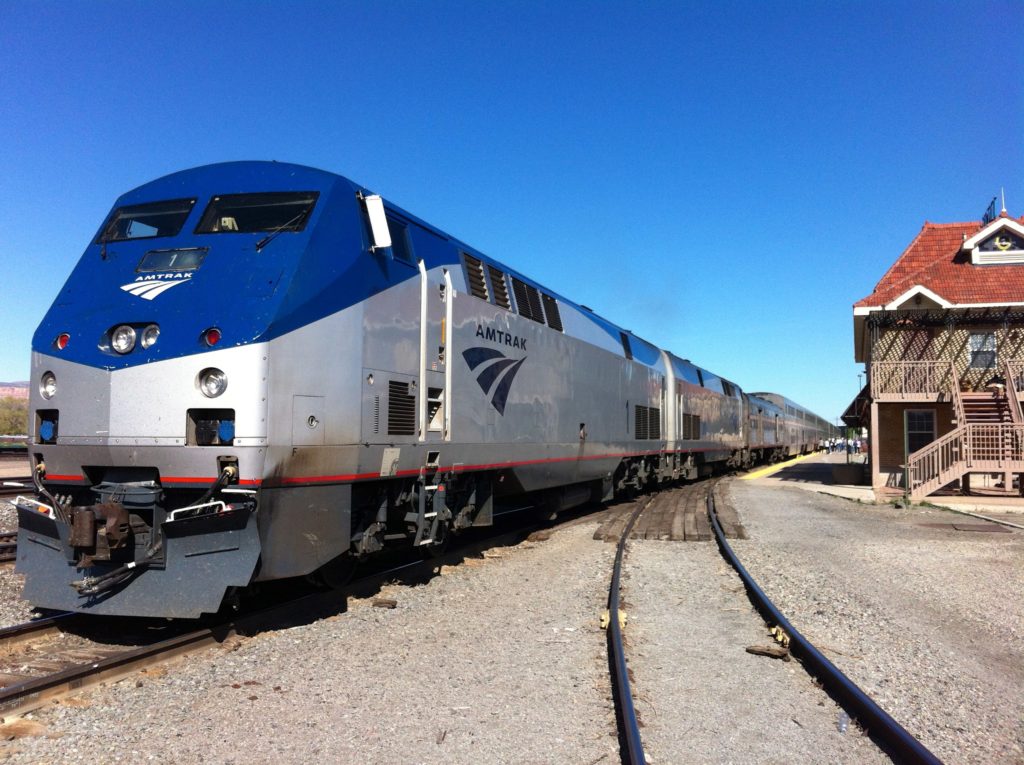
The Gulf Coast has become the latest flashpoint in a clash between Amtrak — and its plans to expand passenger rail service nationwide — and freight train operators that share the rails. A court hearing this week in Mobile, Alabama, highlights the differences between Amtrak and the freight operators, Al.com reported. The two-day public hearing explored the possibility of restarting a state-supported passenger rail route between Mobile and New Orleans. The train would make four stops in coastal Mississippi. Freight operators CSX and Atlanta-based Norfolk Southern, along with the Alabama State Port Authority, oppose the plans. “This case is far more than … New Orleans to Mobile,” said Jim Foote, president and CEO of Jacksonville, Florida-based CSX. “It’s about a new national agenda and Amtrak’s desire to change the law and create a new road map to impose passenger service without working with the host carriers or local communities to first add capacity.” Part of what is at stake is whether Amtrak and its state partners will be able to carry out the direction of the Biden Administration and Congress to significantly expand Amtrak service on the U.S. rail network, Amtrak CEO Stephen Gardner said. This week’s hearing was hosted by the U.S. Surface Transportation Board. The federal regulatory agency is overseeing a legal proceeding to determine whether or how Amtrak can provide passenger rail service along the Gulf Coast for the first time since 2005. Republished with the permission of the Associated Press.
Money for station upgrades awarded for Gulf Coast train plan
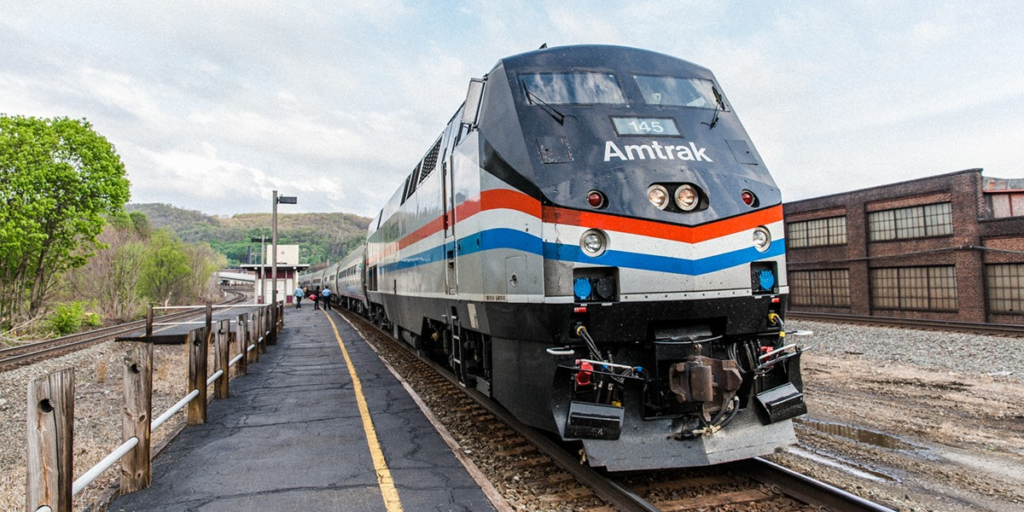
Three Mississippi cities and Birmingham, Alabama have been awarded grants to improve their train stations ahead of the planned return of Amtrak service to the Gulf Coast. Bay St. Louis, Gulfport, and Pascagoula received a little more than $700,000 total, and another $250,000 went to Birmingham, the Biloxi Sun Herald reported. The newspaper said the grants were announced on Monday by the Southern Rail Commission. The money will fund improvements to amenities such as lighting, sidewalks, and parking areas. The grants require an equivalent matching contribution from local officials. Amtrak hopes to resume operating between New Orleans and Mobile, Alabama in January. The region has been without passenger service since Hurricane Katrina badly damaged tracks and equipment in 2005. Before that, passenger trains ran between the two cities three times a week. The start of service is still pending a decision by the federal Surface Transportation Board on Amtrak’s right of access to freight lines. Republished with the permission of the Associated Press.
Mobile dims chances for Amtrak renewal on Gulf Coast

The project faces a deadline of Feb. 5 for getting local funding to match federal funding.
Walt Maddox says railroad company has derailed talks

An Alabama mayor says a railroad is opposing a proposed site for a new Amtrak station, citing safety concerns. Tuscaloosa Mayor Walt Maddox tells The Tuscaloosa News that negotiations with Norfolk Southern Railway have broken down. The city has $1.8 million earmarked for a new station for Amtrak’s Crescent, which has daily trains going south to New Orleans and north to New York. Tuscaloosa was eyeing a location at a demolished shopping center. Maddox says Norfolk Southern cited hard-to-fix concerns about sight distance. The mayor says he’ll now ask the Southern Rail Commission for permission to divert a $315,000 grant to improvements at the current station. Maddox says he fears Tuscaloosa will lose its stop without a new station. The railroad didn’t respond to a request for comment. Republished with permission of the Associated Press.
Kay Ivey holds fundraising lead over opponent Walt Maddox
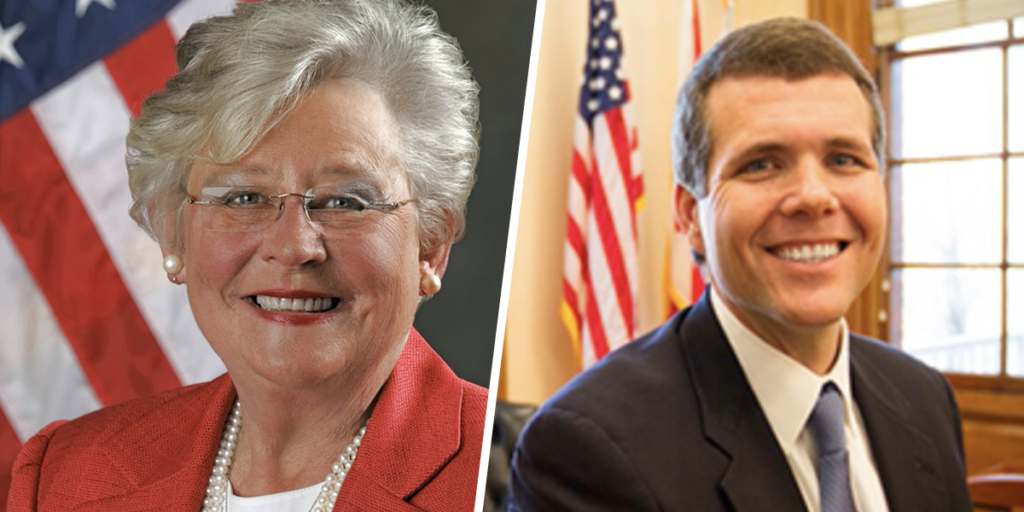
Incumbent, Republican Governor Kay Ivey is holding a steady financial lead over her gubernatorial opponent, Tuscaloosa Mayor, Democrat Walt Maddox. According to campaign finance reports filed last week, Maddox has $222,442 in cash on hand after receiving numerous donations from a plethora of individuals. Meanwhile, Ivey’s report revealed she has $458,674 in cash on hand. Although the difference seems significant, Ivey has spent a total of $4.2 million over the course of her campaign compared to Maddox’s spending of less than $1 million. Although she also received a fair amount individual donations, Ivey collected several large donations including $100,000 from YellaWood CEO Jimmy Rane, $10,000 from the Mainstream Political Action Committee, and another $10,000 from BizPAC. Maddox garnered $39,000 from PAC’s run by Tuscaloosa accountant Michael Echols. Campaigning vs the status quo Aside from the fundraising figures, there’s also a huge difference in campaign strategy between the two candidates. While Maddox is hitting the campaign trail hard, attending events and meeting with voters across the state, Ivey is sticking to the task at hand: maintaining her office. Essentially, the Governor’s office is Ivey’s to lose and she knows it. While she did have a few busy weeks after the primary — when contacted U.S. Secretary of Commerce Wilbur Ross and several members of the Alabama congressional delegation expressing her concerns on the Trump administrations tariffs — Ivey has by and large tried to avoid the media.
Mobile plans for train station, despite Kay Ivey’s Amtrak snub

Despite Gov. Kay Ivey’s recent decline to commit funding to restart the Amtrak passenger train service between New Orleans and Mobile, Ala., the Port City is moving ahead with its own plans to build a new train station. Two weeks ago, Ivey balked at funding for restored coastal Amtrak service, saying by her analysis, restoring a passenger rail service between Mobile and New Orleans would lead to a detrimental impact to the commercial and freight rail services coming in and out of Mobile. “As we continue to address congestion on our surface transportation systems, both on our highways and rail system, I currently do not plan to provide limited state resources to passenger rail service,” Ivey said in a statement. “We have higher priority opportunities to address congestion on I-10 through the Mobile River Bridge project, expansion of the Port of Mobile and numerous highway projects around the state.” But on Tuesday, Mobile city officials made clear their differing opinion, announcing their own plans to move ahead with a train station. According to AL.com, the Mobile City Council voiced it’s plans to approve a $233,000 contract with global engineering, management and development consultancy Mott MacDonald to design a train station to replace the one destroyed in 2005 by Hurricane Katrina. The vote for approval is expected to be made next week. A grant via the Southern Rail Commission would fund the contract.
Kay Ivey has literally left the building in an effort to dodge the press

After coming under fire from local officials and her Democratic gubernatorial opponent Walt Maddox over her refusal to direct state funds to Mobile to restart the Amtrak Coastal Connection, Republican Gov. Kay Ivey has seemingly doubled down on her campaign strategy of dodge and deflect. On Friday, Ivey was in Mobile, Ala. speaking to the Distinguished Young Women’s group, when a local news station covering the event asked her a question. Ivey not only refused to answer, but she proceeded to walk through the conference room, exit the building, and leave town. WPMI reported they were seeking answers to stories that affect not only Mobile, but the state as a whole. Apparently, they planned to ask her about the removal of Southern Rail Commissioner Jerry Gehman, the immigration issue in Baldwin County, and why she thinks Alabama could lose 4,000 jobs due to the Trump Administration’s new tariffs. It appears the Governor is much more comfortable in prepared statements and campaign ads, than speaking directly to the press. Nothing new under the sun In all reality, Ivey’s deflect and dodge strategy shouldn’t be all that surprising as it’s what we’ve seen from her in campaign mode for months now. Her Republican primary opponents challenged the governor to debates several times during the primary election cycle, calling on her to show up, and discuss her ideas. She declined all offers, saying that as the current Governor her schedule was too full to fulfill their requests. Her Democratic opponent Maddox has also pressed Ivey to debate, but it remains to be seen whether or not she will ignore his request. Alabama Today specifically has had problems in the past securing information from her office, and in comparison to former governor Robert Bentley‘s press office it’s easy to see the difference. Earlier this year Alabama Today Publisher Apryl Marie Fogel went over the challenges and changes inside the governor’s press operations citing a request for a list of the governor’s appointments since she took office, and a list of top agency heads she had replaced from the Bentley administration. Alabama Today made the request on January 4, and finally received and answer on January 23, with only half of the information that was requested. Under the Bentley administration, similar requests were answered within 24 hours.
Kay Ivey fires Southern Rail commissioner after refusing to fund Mobile Amtrak
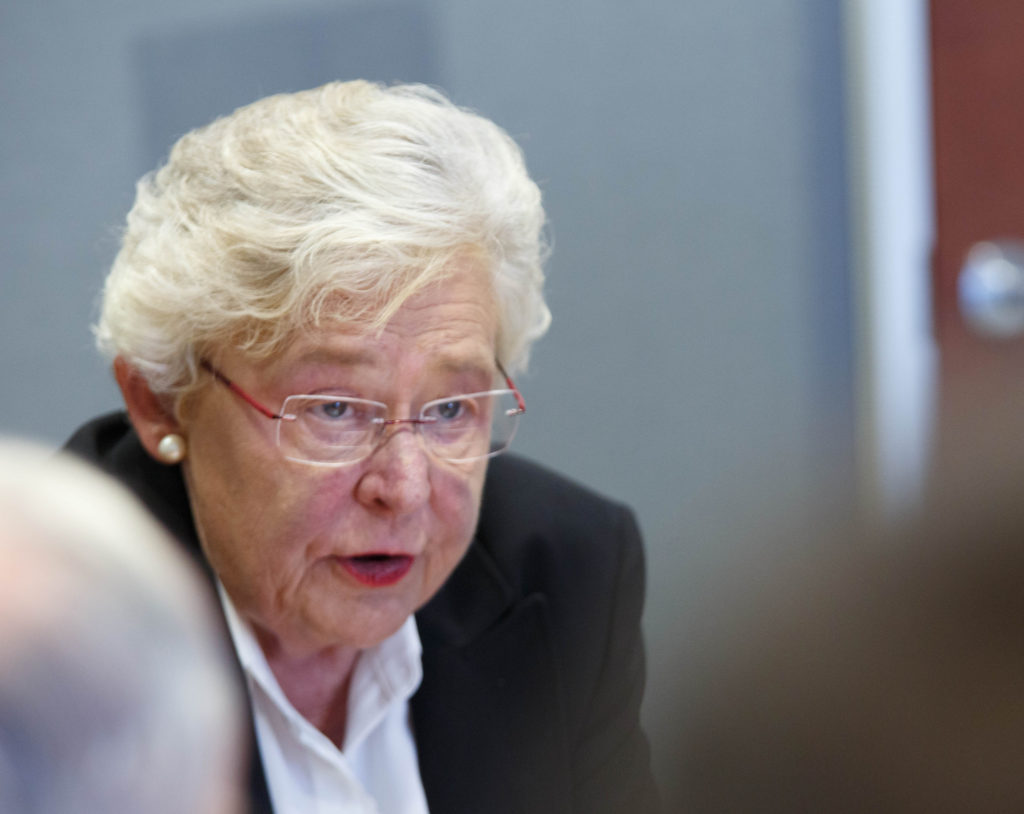
“Y’all aboard?” The Southern Rail Commission proverbially asked Alabama Governor Kay Ivey. Her response? Nope. Last week Ivey declined to commit funding to restart the Amtrak coastal connection. Saying that by her analysis, restoring a passenger rail service between Mobile and New Orleans would lead to a detrimental impact to the commercial and freight rail services coming in and out of Mobile. “As we continue to address congestion on our surface transportation systems, both on our highways and rail system, I currently do not plan to provide limited state resources to passenger rail service,” Ivey said in a statement. “We have higher priority opportunities to address congestion on I-10 through the Mobile River Bridge project, expansion of the Port of Mobile and numerous highway projects around the state.” On Monday, Ivey sent a letter to Southern Rail Commission chairman, John Spain saying representative Jerry Gehman would no longer be part of the commission. Gehman has been a vocal supporter of the Amtrak coastal connection, urging Ivey to divert funds to the project, and criticizing her for not meeting with the commission since taking office. “We’ve not had four trains a day between Mobile and New Orleans, passenger trains a day, in our history,” Gehman told WKRG News 5. “It’s not something that’s just a pipe dream, this is three years of significant work.” “I would wish that the Southern Rail Commission have great success in the future,” Gehman told AL.com after news of his termination. “But in the state of Alabama, given the governor’s rejection letter of the passenger rail possibility that existed … and given the tenor of her comments, I don’t see it being a viable option during this governor’s tenure.” Maddox calls out Ivey Gubernatorial candidate Walt Maddox was quick to criticize Ivey for what he called “outdated governing.” “It has become clear to me that, though some economic benefit may be realized by new passenger rail service, such service will have an outsized detrimental impact on other types of rail service,” Maddox said in a statement. “As we continue to address congestion on our surface transportation systems, both on our highways and rail system, I currently do not plan to provide limited state resources to passenger rail service. We have higher priority opportunities to address congestion on I-10 through the Mobile River Bridge project, expansion of the Port of Mobile and numerous highway projects around the state.”
Mobile City Council asks Kay Ivey for Amtrak money

Members of the Mobile City Council are asking Alabama Gov. Kay Ivey to approve funding to help restart passenger train service between New Orleans and the port city. WALA-TV reports members sent Ivey a letter Wednesday saying renewed Amtrak service would help increase tourism and economic development in Mobile. The governor’s office didn’t immediately respond to an email seeking comment. Alabama, Louisiana and Mississippi must commit almost $35 million total over three years by Thursday to be eligible for the same amount in federal funds that would let Amtrak trains travel the northern Gulf Coast for the first time since Hurricane Katrina. Officials say Louisiana and Mississippi have committed money, but Alabama is refusing. Ivey’s office says she supports renewed rail service but isn’t committing money to the project. Republished with permission from the Associated Press.
Alabama balks at funding for restored coastal Amtrak service
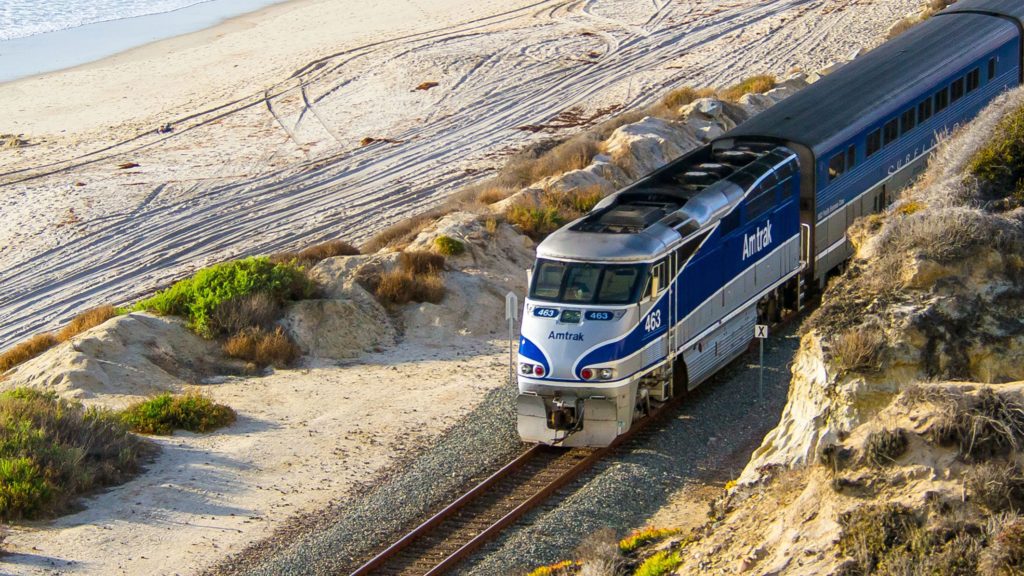
Alabama is balking at pledging millions of dollars to help restart passenger train service along the northern Gulf Coast for the first time since Hurricane Katrina. Alabama, Louisiana and Mississippi must commit almost $35 million altogether over three years by Thursday to be eligible for the same amount in federal funds that would enable Amtrak trains to run from New Orleans eastward to Mobile, Alabama. Louisiana has agreed to supply about $9.5 million, while Mississippi agreed to $3 million and is considering much more, said Knox Ross of the Southern Rail Commission, which is promoting the project. But Alabama hasn’t promised any money toward the project, he said, and time is running out. “If we don’t do it we’ve left money on the table, which would be very unfortunate,” said Ross. Alabama Gov. Kay Ivey’s office issued a statement saying she supports efforts to restore passenger rail service on the coast but isn’t committing state funding. An Alabama representative on the Southern Rail Commission, Jerry Gehman, said Ivey’s words don’t do anything to move the project forward. “That’s good for the ink and paper it’s written on. But it does nothing … to make it a reality,” said Gehman. Amtrak suspended service east of New Orleans along the Gulf Coast after Katrina, which heavily damaged rails, crossings and other infrastructure in 2006. Ross said the current effort is the most serious one yet to revive passenger rail in the region. Supporters see the New Orleans-to-Mobile proposal as a first step toward expanding Amtrak service elsewhere on the coast, Ross said. The proposed train would run twice a day each way, stopping at cities on the Mississippi coast, he said. Mississippi’s costs for the project are higher than those of the other states because “that’s where the tracks are,” he said. Mississippi Gov. Phil Bryant is considering a request for $14.7 million over three years for capital costs, but a spokesman said no decision has been made. The project can move forward if Alabama doesn’t contribute, Ross said, and actual costs could be less. The eastbound train would simply stop at Pascagoula, Mississippi, rather than continuing into Alabama, he said. “If we get Mississippi to commit we can move forward without Alabama,” said Ross. Republished with permission from the Associated Press.
Winners and losers in Donald Trump’s first budget plan

Military spending would get the biggest boost in President Donald Trump‘s proposed budget. Environmental programs, medical research, Amtrak and an array of international and cultural programs — from Africa to Appalachia — would take big hits, among the many parts of the government he’d put on a crash diet. The budget proposal out Thursday is a White House wish list; it’ll be up to Congress to decide where money goes. If Trump gets his way, there will be more losers than winners among government departments and programs. Some programs would tread water: WIC grants — money to states for health care and nutrition for low-income women, infants and children — are one example. Monday for states grants for water infrastructure projects would be held level as well. Some others would lose everything: Trump proposes to eliminate money for the Corporation for Public Broadcasting, the national endowments for the arts and the humanities and more than a dozen other independent agencies financed by the government. A sampling: WINNERS —The Pentagon. Trump proposes a 10 percent increase in the massive defense budget, adding $52 billion in military spending in one year top expand personnel, equipment and capability. Another $2 billion would go to nuclear weapons. —Veterans Affairs. Up 5.9 percent. That’s an additional $4.4 billion, driven by ever-growing health care costs. —Homeland Security. Up 6.8 percent. That’s $2.8 billion more. Most of the increase, $2.6 billion, would be to help kick-start Trump’s promised border wall. The president has repeatedly said Mexico would pay for the wall; Mexican officials are adamant that they won’t. Trump also wants an extra $1.5 billion for more immigration jails and deportations, and $314 million to hire 1,500 immigration enforcement and border patrol agents. —The National Nuclear Security Administration, which oversees the maintenance and safety of the nuclear arsenal and its research labs. The agency would grow by 11.3 percent, or $1.4 billion, so that it takes up more than half the Energy Department’s budget, which would shrink overall. —Opioid prevention and treatment: a proposed $500 million increase in the Health and Human Services Department to counter the epidemic and more money for the Justice Department to combat the problem. —School choice: $1.4 billion more to expand school choice programs, bringing spending in that area to $20 billion, even as the Education Department’s overall budget would be cut by $9 billion, or 13 percent. LOSERS: —EPA, facing a 31.4 percent cut, or $2.6 billion. The plan would cut 3,200 jobs at the agency, eliminate a new plan for tighter regulations on power plants, and “zero out” programs to clean up the Great Lakes and the Chesapeake Bay. —Health and Human Services, facing the largest cut in dollar terms: $12.6 billion, or 16.2 percent. The plan would cut $5.8 billion from the nearly $32 billion National Institutes of Health, the nation’s premier medical research agency, bringing its total to $25.9 billion. It’s not clear what research on diseases or disorders would lose the most money, although the budget plan specifically calls for elimination of a division that focuses on global health. Already, the NIH’s budget hasn’t kept pace with inflation over the last decade, making it dramatically harder for scientists around the country to win money for research projects into potential new treatments or better understanding of disease. —State Department and U.S. Agency for International Development. Down 28 percent, or $10 billion. Foreign aid would be reduced, as would money to the U.N. and to multilateral development banks including the World Bank. Some foreign military grants would be shifted to loans. —Labor Department. A more than 20 percent cut, or $2.5 billion. To be eliminated: a $434 million program that has helped more than 1 million people 55 and older find jobs, according to the department. The blueprint says the Senior Community Service Employment Program is inefficient and unproven. —Agriculture Department. A nearly 21 percent cut, or $4.7 billion, achieved in part by cutting land acquisition in the National Forest System, rural water infrastructure and statistical capabilities at the department. Trump also proposes reduced staff in county USDA offices, an idea that fell flat in Congress when President Barack Obama proposed a similar reduction. —Transportation Department. Trump proposes a cut of nearly 13 percent, or $2.4 billion. Amtrak, local transit agencies, and rural communities that depend on federal subsidies to obtain scheduled airline service would take the brunt. Trump would eliminate subsidies for Amtrak long-distance train routes, which would most likely mean the end of those routes since they are generally not profitable. Money for the Federal Transit Administration grant program for new light rail and subway construction would be eliminated except for multi-year projects the government has already committed to help fund. —Internal Revenue Service: After years of cuts, the IRS budget would be cut again — by $239 million from this year’s spending levels. The IRS budget is down about $1 billion from its height in 2010. Since then, the agency has lost more than 17,000 employees. As a result, the chances of getting audited have rarely been so low. —Commerce Department. A 16 percent or $1.5 billion cut. The plan would eliminate more than $250 million in National Oceanic and Atmospheric Administration grants, including a program that helps coastal communities adapt to climate change, deal with invasive species and maintain healthy water and fisheries. Also on the chopping block: the Economic Development Administration, which provides federal dollars to foster job creation and attract private investment; and the Minority Business Development Agency, which is dedicated to helping minority-owned business get off the ground and grow. The Trump administration says the two agencies duplicate work done elsewhere. —School programs: The plan would eliminate a $1.2 billion initiative that supports before- and after-school programs as well as summer programs. —Independent agencies supported by tax dollars. If Trump prevails, a hefty contingent of entities would lose all federal money and be shut. Among them, the public broadcasting corporation, the Appalachian Regional Commission, the Chemical Safety Board, the United States

